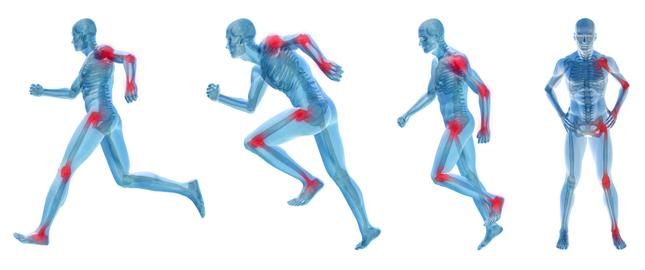
Arthroscopy is a surgical procedure in which an examination of the interior of the joint is performed using an arthroscope that is inserted into the joint in order to evaluate and treat orthopaedic conditions.
Arthroscopy belongs to minimally invasive diagnostic and operative techniques in joint surgery.
Patient benefits:
- A relatively short time of recovery – you recover much sooner than in case of traditional surgery;
- Minor incisions and little scars
- Post-op infection risk is much lower than in case of traditional surgery;
- A relatively short time of the procedure (lasting from 30 minutes to 1 hour);
- It is a minimally invasive procedure;
- Professional team of physicians;
- Comfortable conditions of your stay.
Specialists:
Determining eligibility and procedures are performed by:
Jacek Kruczyński, MD PhD. DSc. Prof.
specialist in orthopaedics and traumatology
Mariusz Śniegowski, MD. PhD.
specialist in orthopaedics and traumatology
Pricelist, reimbursement provided by insurance companies:
- Cost of verifying a patient’s eligibility for the procedure with a joint ultrasound & MRI scans is 250 €;
- Cost of knee arthroscopy amoounts to 1,350 €;
- Cost of Meniscus repair amounts to 2,000 €;
- Cost of Articular cartilage repair amounts to 3,500 €;
- Cost of ACL reconstruction amounts to 2,600 €;
- Follow-up appointments up to 4 weeks following the procedure – free of charge.
Symptoms and indications for arthroscopy:
- Pain;
- Oedema;
- Leaping sensation in bones;
- Feeling lack of balance;
- Reduced motility;
- Joint injuries;
- Degenerative changes;
- Functional disorders (lack of stability, injuries of the ligament or meniscus).
Pre-op preparation:
When you go to hospital you should take:
- Your ID document;
- So-far medical documentation;
- 2 elbow crutches;
- Personal items (comfortable pyjamas allowing a good access to the joint, dressing-gown, toiletries);
- If you suffer from other chronic diseases you should provide a specialist’s opinion that there are no contraindications for performing the procedure;
- List of medication used – fill out the form attached thereto please;
- Permanent medication (for arterial hypertension, insulin, for asthma and others);
- Certificate of hepatitis immunisation;
- Results of the following tests:
– imaging examination results (USG, X-ray, TK, MRI) ordered by your orthopaedic surgeon;
-chest X-ray for patients above the age of 40;
– Blood cell count including platelet count;
– Antibody to HBsAg result, antibody to HCV result;
– APTT, INR;
– Glucose test result, ionogram;
– other tests (if they were recommended by your surgeon or anaesthesiologist).
If you take blood thinners or anticoagulants, you should inform your surgeon who will perform the procedure and your anaesthesiologist.
You should also suspend contraception or substitute hormonotherapy one month before the procedure.
Arthroscopy can be performed in most patients even if some of them suffer from chronic diseases provided that relevant treatment has been applied for these diseases. Due to the risk of post-op complications, for example, deep venous thrombosis (DVT) or infection the surgery is not conducted in obese patients (BMI>30) or persons with ulceration or skin wounds.
How does the surgery work?
If required miniature surgical instruments may be inserted into the joint and treatment procedures may be applied in the region of identified pathological condition. If these procedures are performed they are referred to as operational arthroscopy (therapeutic arthroscopy).
When the procedure is completed the arthroscope and other instruments are removed and your incisions are covered with small stitches and sterile dressing.
Click here to watch the procedure.
Recovery:
A couple of weeks following arthroscopy you may have swelling and feel discomfort in the joint region. You may also receive analgesics to use at home but they are normally unnecessary.
Depending on which joint was subjected to arthroscopy and the reason for the procedure, for a short time following the procedure you may need crutches or a sling to bear weight and a special prosthesis to reduce motility. You will be also advised to have relevant rehabilitation. Special exercises are intended to improve the scope of motion in the joint and strengthen the muscles.
Most patients normally return to work after a week, however, if your work requires leaning, lifting or carrying items, your physician may advise you to stay on a sick leave for a bit longer.
Follow-up Appointments:
The first follow-up appointment may take place within two weeks following the procedure.
